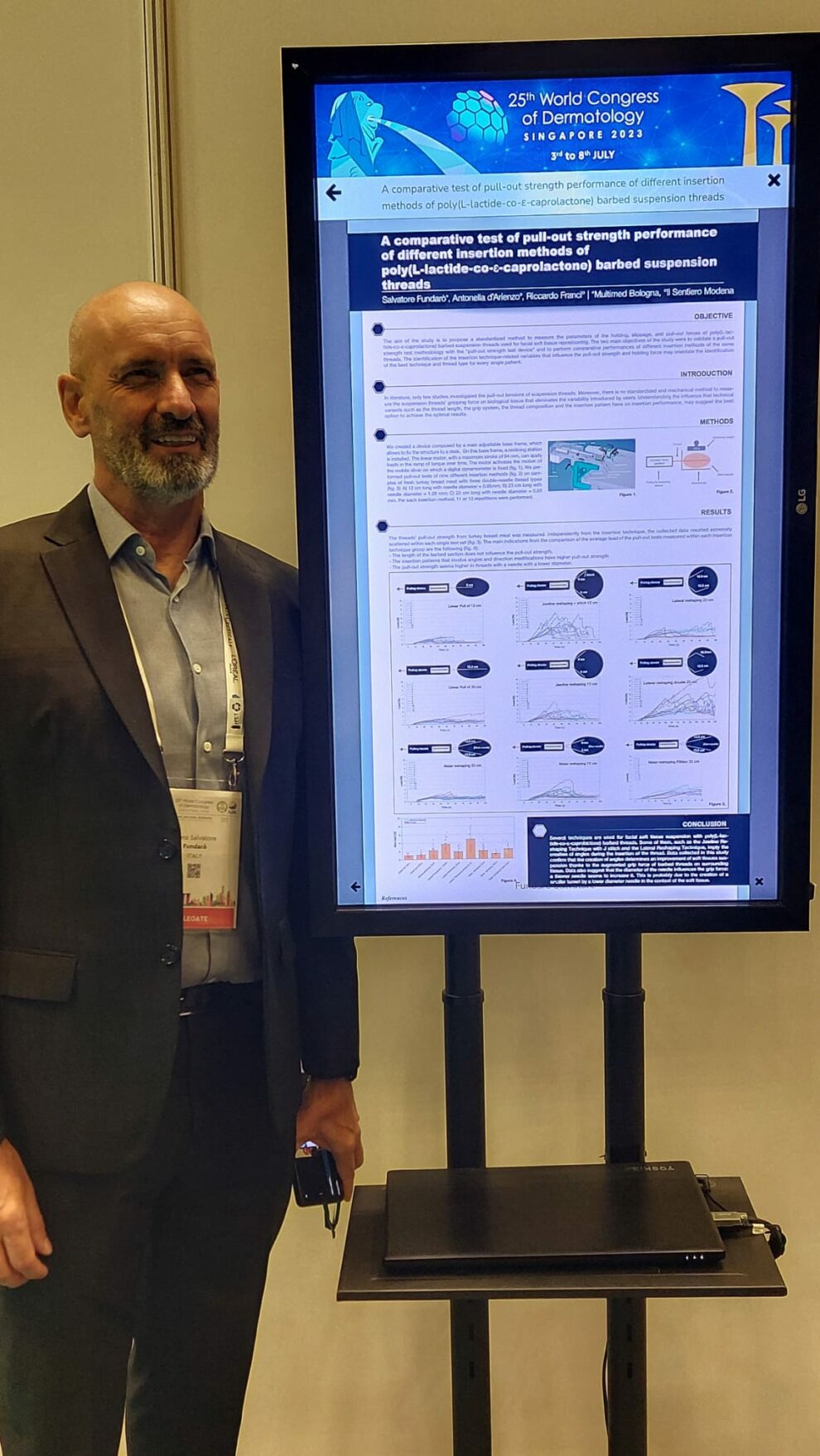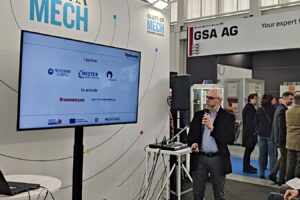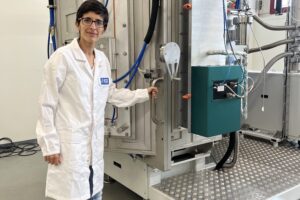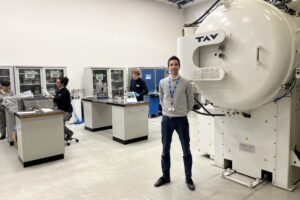A study, in which Il Sentiero International Campus also participated, enabled RELIFE (a global company specializing in Dermatology and Aesthetic Medicine and part of the Menarini Group) to determine the objective maximum mechanical performance of suture threads, allowing surgeons to choose the most suitable thread for various applications.
The study ‘A comparative test of pull-out strength performance of different insertion methods of poly barbed suspension threads‘ entailed the development of a testing methodology to experimentally measure the pull-out strength performance of suture threads employed in facial cosmetic surgery.
Using a device designed and manufactured by Il Sentiero, it became possible to compare the performance of various suture threads for placing facial soft tissue. Simultaneously, the performance of different surgical insertion techniques was assessed for each combination of thread and needle.
The study, with support from RELIFE, originated from an interest in understanding how the properties of their suture threads change with different geometries and when subjected to various conditions of use.
The initial phase of the study involved laboratory analyses using the DMA Dynamic Mechanic Analyzer instrument to assess the mechanical properties of the threads in isolation. The results proved to be interesting and led to the second, experimental phase.
An instrument was designed and constructed to adapt to the autopsy table and the position of the suture thread within anatomical tissue. It applies a pulling force to the thread using a linear motor and records the resistance force over time until it is fully removed from the tissue. Currently, medical professionals use this device to conduct tests, even on cadavers, in dedicated medical facilities under the supervision of surgeons.
In this study, extraction tests were conducted on turkey breast meat using six different insertion methods and three types of double-needle threads. The experimental data were then analyzed and evaluated by researchers at Path, in collaboration with surgeons and RELIFE. The key findings from the comparison of the average extraction force within each group of insertion techniques are as follows:
- the length of the barbed section does not influence the pull-out strength;
- the insertion patterns that involve angles and direction modifications have higher pull-out strength;
- the pull-out strength seems higher in threads with a needle with a lower diameter.
Riccardo Franci, Laboratories & Technologies Director Il Sentiero International Campus, explains the results of the comparative study as follows: ‘First and foremost, the study enabled us to characterize the mechanical properties of the suture threads through laboratory tests. This allows RELIFE to determine an objective measure of the maximum mechanical performance, enabling surgeons to select the most suitable thread for different applications.
The use of the device made it possible to assess the effectiveness of combining surgical techniques with threads characterized by varying geometries, lengths, and needle gauges. This enables the surgeon to optimize the choice of technique and thread to be used based on the specific area of the body they will be operating on. This experimental information can also be applied in the design of future suture threads.”
The study was presented at the 25th World Congress of Dermatology in Singapore last July, presented by the scientific leader Dr. Salvatore Fundarò.
The conclusions, shared in the poster taken by Dr. Fundarò to the Congress of Dermatology in Paris in 2022, are as follows: Several techniques are used for facial soft tissue suspension with poly(L-lactide-co-ε-caprolactone) barbed threads. The Jawline Reshaping Technique with J stick and the Lateral Reshaping Technique imply the creation of angles during the insertion of the thread thus improving soft tissues suspension because of the augmented grip force of barbed threads on surrounding tissue. Data also suggest that needle diameter influences the grip force: a thinner needle seems to increase it. This is probably due to the creation of a smaller tunnel by a thinner needle in the context of the soft tissue.










 @EcorIntern
@EcorIntern